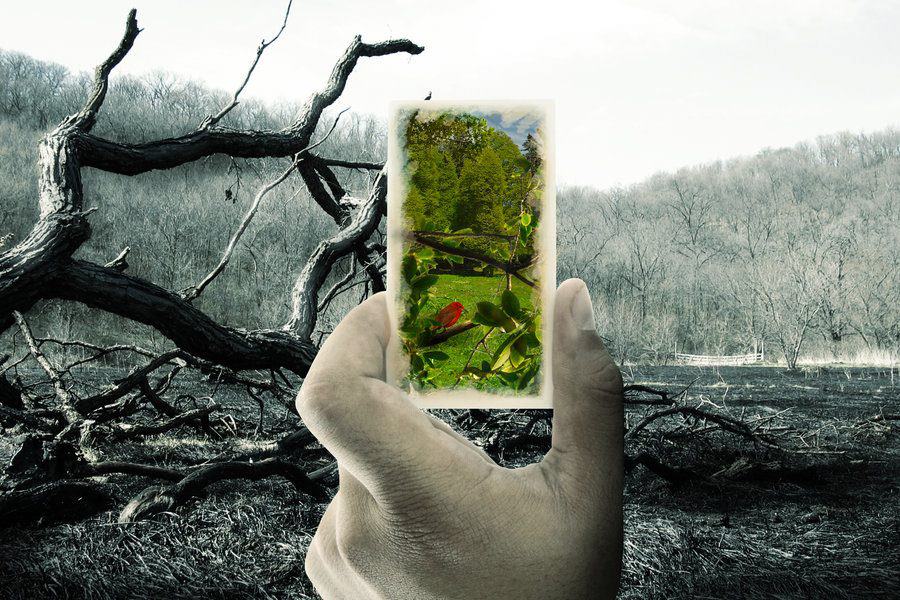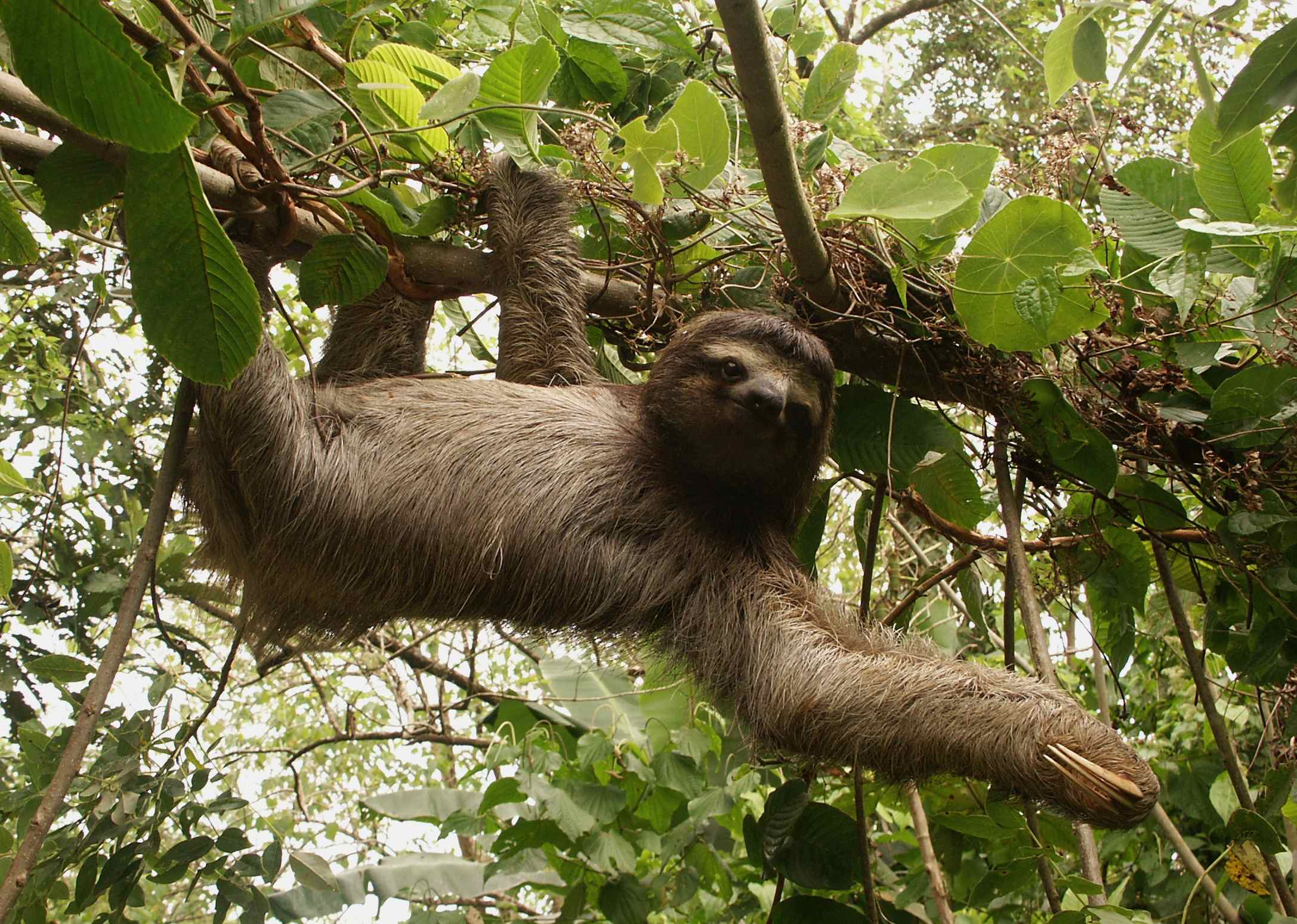Panama has a large land and in this land you’ll not only enjoy the different sights like beaches and forests as you go on Panama tours, but you can also have a closer look on their animal species.
In the most comprehensive and through studies done from the rainforests of Panama provides a new level of detail with regards of the variety and distribution of arthropod species from the soil to the forest canopy. There are about 6,000 estimated hectare forest hosts a total of around 25,000 arthropod species, 60% to 70% of which are likely to be previously unknown.
Most of the species existing on Earth are arthropods - an invertebrate animal having an exoskeleton, a segmented body, and jointed appendages; such as insects, mites and spiders living in tropical forest. Researchers have struggled to quantify their abundance and diversity because of their small size, frequent movements, and inaccessible habitats. Due to massive collaborative effort involving 102 researchers from 21 countries was necessary to collect and identify arthropods from all parts of the San Lorenzo forest resources near the Atlantic entrance to the Panama Canal. In 2003-2004, the field team used 70 person or trap-years in sampling the rainforest canopy from a construction crane, on inflatable platforms, from hot-air balloons, climbing ropes and crawling along the forest floor to sift soil and trap and drag arthropods. As the result, the team sorted and identified 130,000 arthropods, to a total of more than 6,000 species.
By scaling up diversity values and conclude their known data, the researchers estimated the rainforest reserve harbors in excess of 25,000 arthropod species. That means for every species of vascular plant, the bird or mammal in this forest, you will find 20, 83 and 312 species of arthropods respectively.
One of the most interesting findings was that more than half of all species could be found in a single hectare of the forest. This means that to determine the species variety of a tropical rainforest, it may not be necessary to sample massive areas. One hectare area is enough to get an idea of regional arthropod richness - provided that this total includes widely spaced plots representative of variation within the forest.
Another exciting finding was that the variety of herbivorous and non-herbivorous arthropods could be accurately predicted from the diversity of plants.
So next time you visit the place and plan your next Panama excursions, you can opt to take a scientific tour as to seeing the smallest life forms in their rainforests.








